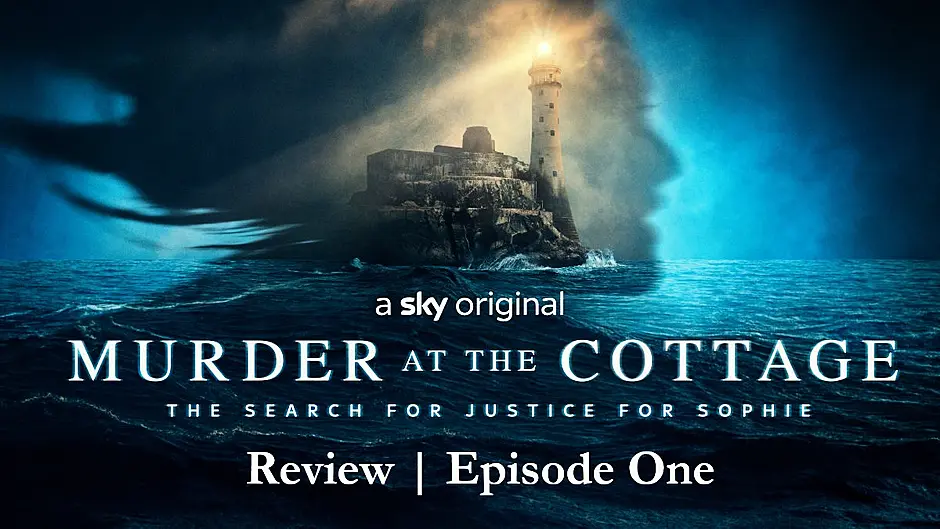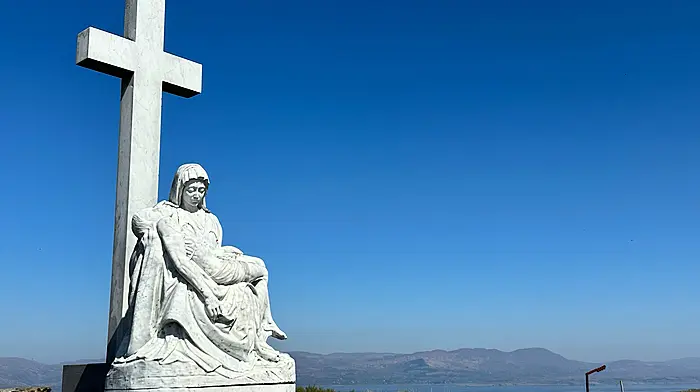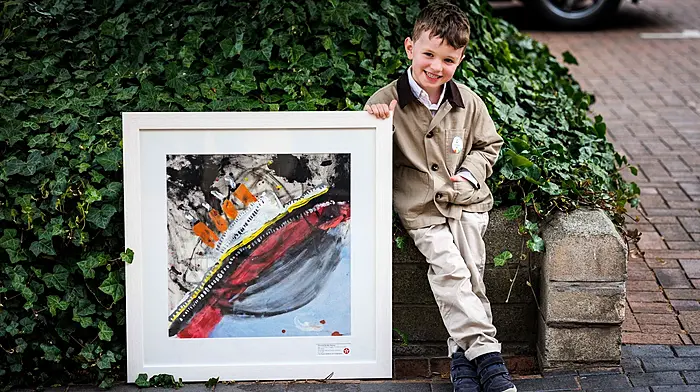It's a story that doesn't seem to stop.
The murder of Sophie Toscan Du Plantier has spawned podcasts, documentaries and hundreds, if not thousands, of articles - all focused on trying to figure out what happened on the night of the 23rd of December 1996.
We have covered the story from all angles - reporting on latest events and even reviewing the original West Cork podcast.
With the news this year that gardaí are launching a full review of the investigation that took place all those years ago, we decided to take a look at the two documentaries that, along with the podcast, brought the story to international attention.
You can read our review of the Netflix documentary here.
Murder at the Cottage: The Search for Justice for Sophie opens with an important message shown on screen.
Jim Sheridan is a six-time academy award nominated writer and director.
Well done, Jim.
If the Netflix documentary was a classic true-crime overview of the murder of Sophie Toscan Du Plantier, this five-part Sky series covering the case looks to be the story as told – and experienced – by Jim Sheridan.
His decision to insert himself into the narrative is jarring and at first feels a little self-indulgent.
Do we really need a husky Dubliner speaking about the West Cork landscape, or to hear about how nearly 100 years previously another famous murder took place not far from where Sophie’s body was found.
Beal na Bláth not far from Toormore? It’s a bit of a stretch – but there’s an unwritten rule that anything about or set in West Cork must mention Michael Collins at least once.
Once you get past these flaws (more of which crop up throughout), the episode does take on a wholly earnest feel.
While it’s easy to poke fun at Sheridan for becoming a sort of main character in the telling of the story, it is clear that he cares deeply about the case, and it has affected him over the years.
Interviews with locals such as Billy O’Sullivan of O’Sullivan’s Bar in Crookhaven come across as poignant and emotional, as he recounts his memories of Sophie and the days following her murder.
Sheridan’s penchant for the dramatic reveals him as more storyteller than documentarian throughout.
We take a trip up to Three Castle Head to retrace Sophie’s steps in the days building up to that fateful night in 1996, where she is said to have seen ‘The White Lady’.
Drone shots and slow-motion clips of spraying water feature as Sheridan tells of the loneliness of the area – how isolated he feels even with a cameraperson tagging along.
Watching it you can’t help but think: wow, I must head out someday for a stroll myself.
While those moments merely add a fluffy artistic touch to the story, this first episode does give you a deeper understanding of the timeline of events on the day that Sophie was found – and the rate at which the gardaí began to quickly make errors in their investigation.
That it took over 24 hours for a pathologist to make their way down to examine the body is still shocking to this day.
The use of archive footage and narration take straight from police records of interviews with people at the time adds to the drama and makes for captivating viewing.
However, it’s hard to ignore the fact that Sophie’s family did not want to be part of the series, asking for their interviews to be removed because ‘everything is focused on Ian Bailey,’ according to her brother.
Old interviews with her parents are used to convey their pain, but the family’s absence is loud.
The episode closes in a similar way to the first in the Netflix series, with the reveal that Ian Bailey was a suspect in the case.
In what is quickly becoming classic Sherdian, it is done so by using a compelling clip of Bailey taken just a few days after the murder in which he says: ‘The only comment I have is you can talk to my lawyer and I put my trust in God.’
For a man who is no stranger to weird comments, it’s an unusual one indeed.





